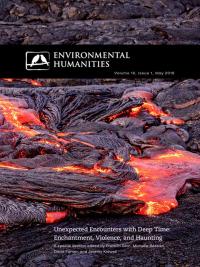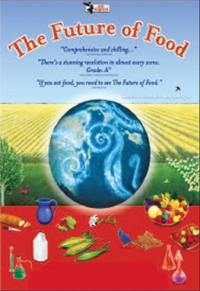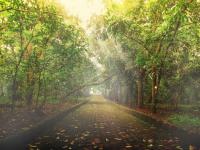Show search results for
About the exhibition | Welcome to the Anthropocene
This is a chapter of the virtual exhibition “Welcome to the Anthropocene: The Earth in Our Hands”—written and curated by historian Nina Möllers.
“A huge variety of possibilities”: Interview with Nobel Laureate Paul Crutzen on his life, his career in research, and his views on the Anthropocene idea | Welcome to the Anthropocene
This interview with Paul Crutzen is a chapter of the virtual exhibition “Welcome to the Anthropocene: The Earth in Our Hands”—written and curated by historian Nina Möllers.
"Making Live and Letting Die: Cancerous Bodies between Anthropocene Necropolitics and Chthulucene Kinship"
With a focus on global cancer epidemics, Nina Lykke discusses biopolitics in the Anthropocene against the background of a notion of dual governmentality, implying that efforts to make populations live and tendencies to let them die are intertwined.
"Inorganic Becomings: Situating the Anthropocene in Puchuncaví"
The authors detail their experience of Puchuncavi, the largest, oldest, and most polluting industrial area in Chile. They approach it from a multidisciplinary viewpoint as an experience of the Anthropocene and advocate for an enhanced pedagogy of care born of our inherited pasts and of engagement, interest, and becoming as response-ability.
The Future of Food
The Future of Food examines genetically engineered foods, patenting, and the corporatization of food.
Introduction to the Exhibition | Human-Nature Relations in German Literature: A Curated Stroll
This virtual exhibition features, in English translation, short excerpts from German-language literary texts that address human-nature entanglements. The aim is to show how literature can contribute to understanding and problematizing the relation between humans and nonhuman nature. What aspects of human-nature relations are addressed, at what point in literary history, and how are they shaped poetically? For the German-language version of this exhibition, click here.
"The Midwife and the Poet: Bioaccumulation and Retroactive Shock"
Triangulating narratives from a prospective mining site in northern Norway, Hugo Reinert works to identify (and render graspable) a particular effect of retroactive shock—tracing its resonance through experiences of chemical exposure, colonial racism, cultural erasure, and destruction of the built environment.
“Afterword: Crossing Time, Space, and Species”
In the afterword of a special section on toxic embodiment, Stacy Alaimo distills the collection’s argument for attending to the ways environments, human bodies, and nonhuman bodies are transformed by anthropogenic substances.
"Outside Inside"
In this selection of poems, Adam Dickinson focuses on the “outside” that is the “inside,” thereby drawing attention to the coextensive and intra-active nature of the body with its environment and the consequent implications for linking the human to the nonhuman and the personal to the global in environmental ethics.






